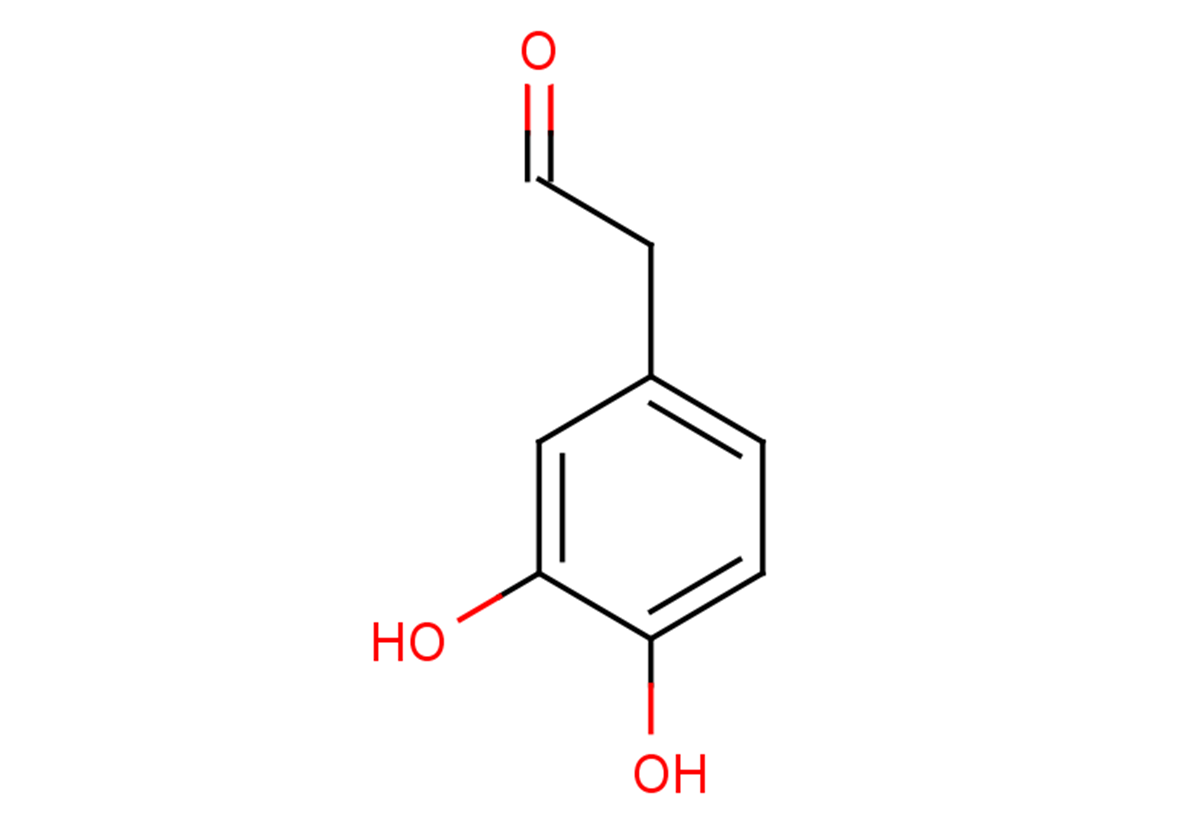DOPAL
| Code | Size | Price |
|---|
| TAR-T37533-100mg | 100mg | Enquire | |||||||||||||||||||||||||||||||||||||||||||||||||||||||||||||||||||||||||||||||||||||||||||||||||
| Special offer! Add £1 to your order to get a TargetMol CCK-8 Kit. Read more here. | |||||||||||||||||||||||||||||||||||||||||||||||||||||||||||||||||||||||||||||||||||||||||||||||||||
Quantity:
| TAR-T37533-50mg | 50mg | Enquire | |||||||||||||||||||||||||||||||||||||||||||||||||||||||||||||||||||||||||||||||||||||||||||||||||
| Special offer! Add £1 to your order to get a TargetMol CCK-8 Kit. Read more here. | |||||||||||||||||||||||||||||||||||||||||||||||||||||||||||||||||||||||||||||||||||||||||||||||||||
Quantity:
| TAR-T37533-5mg | 5mg | Enquire | |||||||||||||||||||||||||||||||||||||||||||||||||||||||||||||||||||||||||||||||||||||||||||||||||
| Special offer! Add £1 to your order to get a TargetMol CCK-8 Kit. Read more here. | |||||||||||||||||||||||||||||||||||||||||||||||||||||||||||||||||||||||||||||||||||||||||||||||||||
Quantity:
Prices exclude any Taxes / VAT
Overview
Regulatory Status: RUO
Shipping:
cool pack
Storage:
-20℃
Images
Documents
Further Information
Bioactivity:
DOPAL is an aldehyde product of the oxidative deamination of dopamine by monoamine oxidase.[1] It can be further oxidized to 3,4-dihydroxyphenylacetic acid (DOPAC) by aldehyde dehydrogenase (ALDH) and, to a lesser extent reduced to 3,4-dihydroxyphenyl ethanol (DOPET). DOPAL is toxic to neurons.[2],[3] It can also oligomerize and precipitate α-synuclein, an event associated with Parkinson's disease.[2] Mice lacking cytosolic and mitochondrial forms of ALDH display increased levels of DOPAL as well as neurodegeneration and motor dysfunction characteristic of Parkinson?s disease.[4]
CAS:
5707-55-1
Formula:
C8H8O3
Molecular Weight:
152.149
Purity:
0.98
SMILES:
Oc1ccc(CC=O)cc1O
References
Panneton, W.M., Kumar, V.B., Gan, Q., et al. The neurotoxicity of DOPAL: Behavioral and stereological evidence for its role in Parkinson disease pathogenesis. PLoS One 5(12), e15251 (2010).
Jinsmaa, Y., Florang, V.R., Rees, J.N., et al. Products of oxidative stress inhibit aldehyde oxidation and reduction pathways in dopamine catabolism yielding elevated levels of a reactive intermediate. Chemical Research in Toxicology 22(5), 835-841 (2009).
Wey, M.C.Y., Fernandez, E., Martinez, P.A., et al. Neurodegeneration and motor dysfunction in mice lacking cytosolic and mitochondrial aldehyde dehydrogenases: implications for Parkinson?s disease. PLoS One 7(2), e31522 (2012).
Goldstein, D.S., Sullivan, P., Holmes, C., et al. Determinants of buildup of the toxic dopamine metabolite DOPAL in Parkinson?s disease. Journal of Neurochemistry 126(5), 591-603 (2013).



